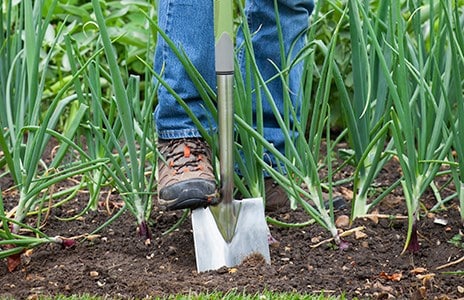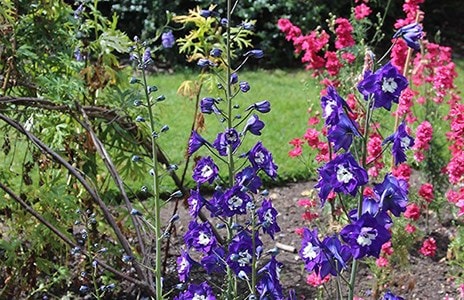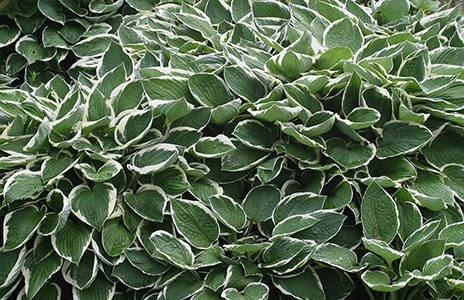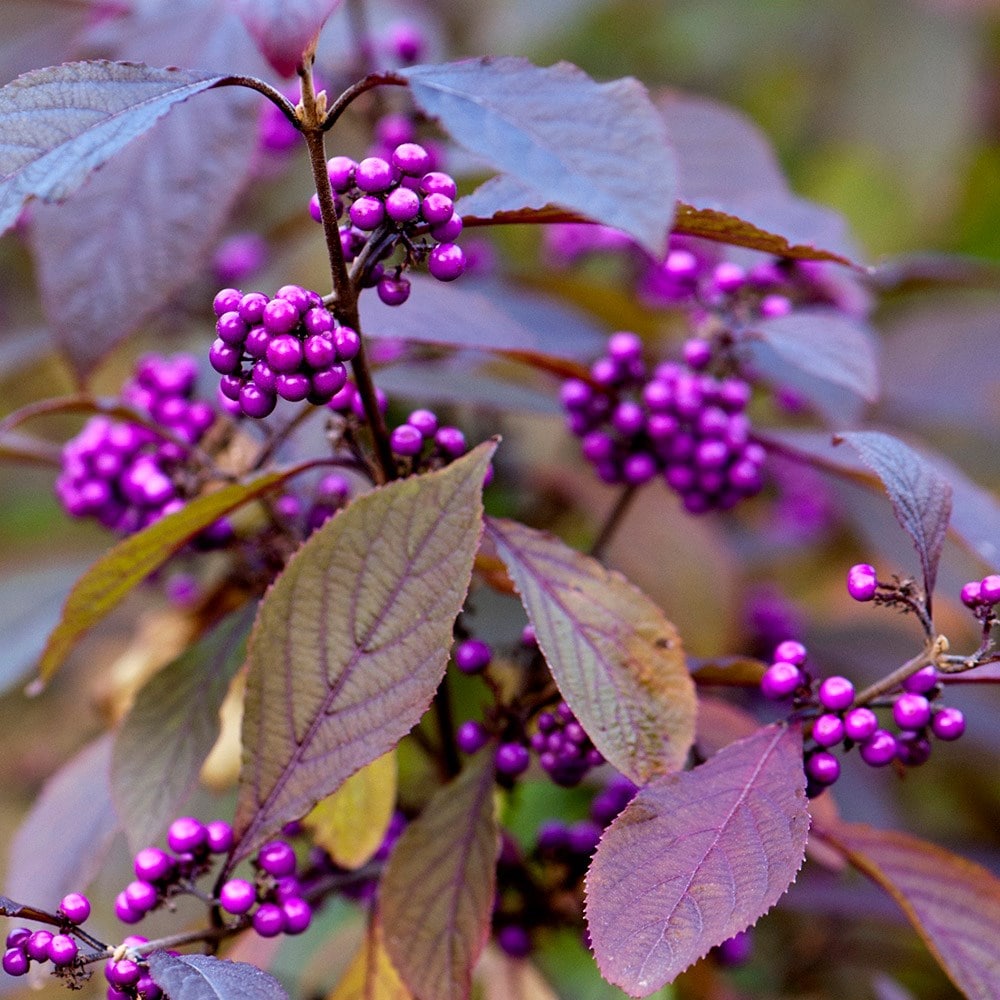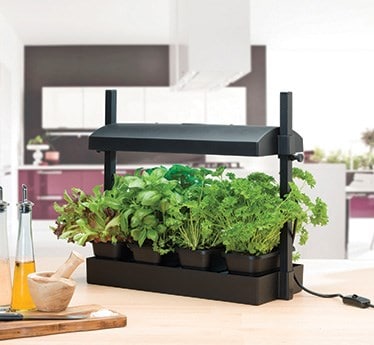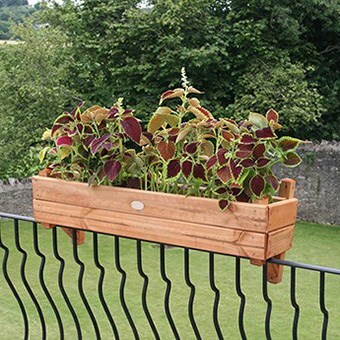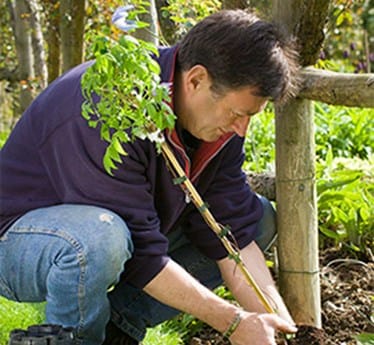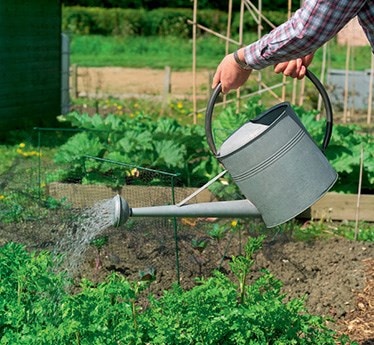How to divide perennials
I love this time of year because dividing perennials is one of my favourite jobs. It is one of the easiest ways to multiply your stock of herbaceous plants, but it is much more than a propagation technique.
By dividing plants every few years you will guarantee bigger and longer-lasting flowering displays, healthier plants and help keep naturally spreading varieties within bounds. You don’t have to restrict yourself to herbaceous perennials, since many houseplants, alpines and even thicket-forming shrubs can be multiplied by division.
You can divide plants at any time of year the soil is workable, but I usually complete the task during the autumn to reduce the workload during the hectic spring.
By dividing plants every few years you will guarantee bigger and longer-lasting flowering displays, healthier plants and help keep naturally spreading varieties within bounds
Why divide herbacious perennials?
- To produce more plants for free.
- To keep plants young and vigorous.
- To produces better flowering displays.
- To ensure plants are less prone to diseases.
- To control the size of spreading plants
- Plant firmly, treading the soil periodically.
- Water well and apply a thick mulch after planting.
Simple division
The aim of division is to separate the most vigorous parts of an establish crown into smaller sections, each with several healthy shoots and plenty of roots – leaving the old, exhausted central portion of the clump behind. How you go about dividing your plants will depend on the type of growth they produce.
Plants with loose crowns of tangled stems and roots, such as hardy geraniums and daylilies, are often easily teased apart with your bare hands. But most perennials produce an impenetrable clump of fibrous roots that are impossible to separate. The traditional, often recommended, technique of using two border forks held back to back to wrench clumps apart is fundamentally flawed in my experience. It’s a lot of effort and you end of with bruised knuckles for your trouble…and how many gardeners have two border forks anyway? No, if I can’t pull the clump apart by hand, I’ll surgically chop it with a garden spade.
You need to take care, to avoid damaging the shoots, but a good clean cut will soon heal. A wide range of herbaceous plants can be treated in this way, including echinacea, helenium, hemerocallis, pyrethrum and veronica as well as most ornamental grasses.
How to divide your plants
1. Cut back the top growth, leaving enough on the stems to hold on to.
2. Carefully lift the clump and shake off as much soil as possible.
3. Transfer the clump onto a sheet of polythene laid out in an open space, such as on the patio. This will give you room to work without damaging neighbouring plants.
4. Pull or cut the clump into sections slightly bigger than your fist, each with several healthy shoots and plenty of roots.
5. Select young, vigorous sections and discard the old, exhausted central portion of the clump.
6. Replant the division or pot up with the crown just showing at the surface.
Variations on a theme
Plants with very fleshy roots, such as hostas and red-hot pokers, or surface rhizomes, such as bergenias and bearded irises, are treated a little differently. In the case of hostas, you can divide just before the plants start to grow in spring.
The fleshy crowns can be cut up using an old kitchen knife, so that each division has at least one plump bud and plenty of roots. Irises, on the other hand, are best divided after flowering during midsummer. In this case, cut up the young, vigorous surface rhizomes so they are 10cm long using secateurs, trimming the foliage back to about 10cm before replanting on the surface with the roots covered by soil. One fan of leaves per rhizome is fine. The underground rhizomes of plants, such as mint, are treated the same except the divisions are replanted deeper with just the tips of the shoots showing.
Some plants are so accommodating they practically divide themselves. Mat-forming plants, such as ajuga and campanula, that root as they spread, can be teased apart to form separate plants. Others, such as sempervivum, produce ready-rooted baby plants (known as ‘offsets’) around the parent that can be separated and potted up.
The fleshy crowns can be cut up using an old kitchen knife, so that each division has at least one plump bud and plenty of roots
Other plants worth trying
Callicarpa bodinieri var. giraldii Profusion
2 litre pot
Offer was £26.99 £16.19
In stock (shipped within 2-3 working days)

